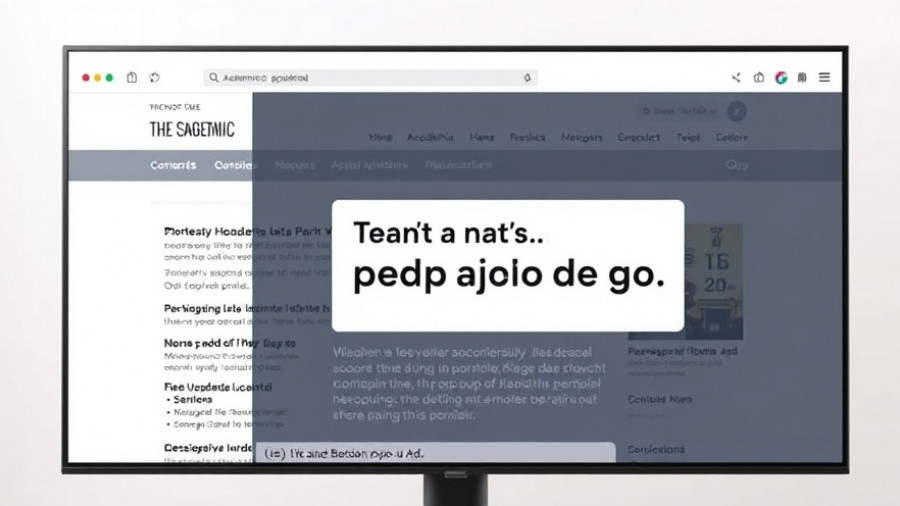
Understanding the Promise of Copilot in AI Integration
Microsoft Copilot is shaping the landscape of AI integration within organizations. For companies already utilizing Microsoft’s ecosystem—Teams, Outlook, and 365—Copilot presents an alluring opportunity. The seamless operation across these platforms promises efficiency and enhanced productivity. However, the path to realizing these benefits is rife with challenges.
Navigating Adoption Challenges in the Corporate Landscape
Despite the widespread enthusiasm surrounding AI, many organizations encounter significant obstacles in adopting Copilot. The financial implications of underutilization can be staggering. With a seat cost of $30 per month, enterprises risk substantial expenditures if user engagement falters. A report by Forrester reveals that while Copilot promises impressive ROI—ranging from 116% for large enterprises to as much as 353% for small and medium businesses (SMBs)—the initial hurdles of adoption must be addressed thoroughly to actualize this potential.
Cost vs. Value: The Dilemma of Justification
The crux of the issue lies in the ambiguity surrounding the value proposition of Copilot. Unlike established tools such as CRM systems, which have tangible benefits such as enhanced sales efficiency, Copilot’s purpose remains less defined. Organizations find it challenging to pinpoint specific ROI-generating activities, complicating their rationale for expansive deployments. According to Steve Daly from New Era Technology, this lack of clarity leads to hesitation, particularly when considering substantial annual costs, pegged at approximately $360 per employee.
The Cultural Shift Towards AI: Literacy and Change Management
Beyond financial concerns, a significant barrier to Copilot’s adoption is the need for organizational literacy surrounding AI technologies. An oversaturation of media buzz can create unrealistic expectations about what Copilot can achieve. Many businesses enter the adoption phase ill-prepared, often resulting in disillusionment when initial high hopes are not met.
This knowledge gap extends down to end-users, necessitating comprehensive training and continuous support to ensure that employees can effectively leverage Copilot's diverse capabilities. Addressing these needs is crucial, as a poorly informed workforce risks project abandonment and ineffective use of resources.
Building a Sustainable Community Around AI Adoption
To facilitate successful Copilot integration, organizations may benefit from engaging with technology integrators like New Era Technology. These partnerships can help forge a supportive community that nurtures ongoing learning and adaptation, necessary for long-term success. Adapting requires fostering an environment where AI technologies like Copilot become a valued asset rather than a source of confusion and frustration.
The Imperative for Strategic Implementation
Strategically approaching the integration of Copilot involves much more than merely acquiring licenses. It necessitates a thoughtful implementation framework that encourages user adoption and maximizes return on investment. Adopting AI should be seen not just as a technological enhancement but as a cultural shift that redefines workflows and alters day-to-day operations for the better.
Future Trends in AI Integration
As AI continues to evolve, the trajectory for solutions like Microsoft Copilot holds the potential to transform the workforce dramatically. Embracing AI-driven functionalities can lead to enhanced operational efficiencies, but only if organizations invest in their workforce’s understanding and capabilities.
In conclusion, the promise of Microsoft Copilot is immense, but its realization is contingent on strategic adoption and widespread organizational literacy. By addressing these challenges head-on, companies can unlock the true potential of AI and its role in fostering a self-sufficient, autonomous future.
 Add Row
Add Row  Add
Add 




Write A Comment